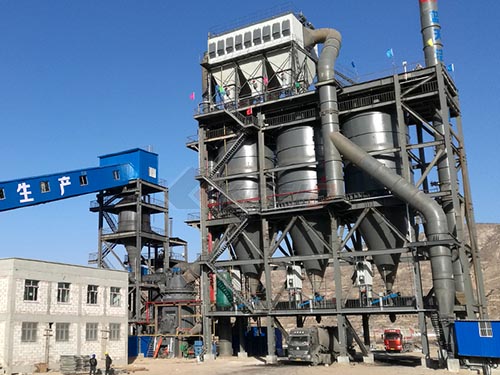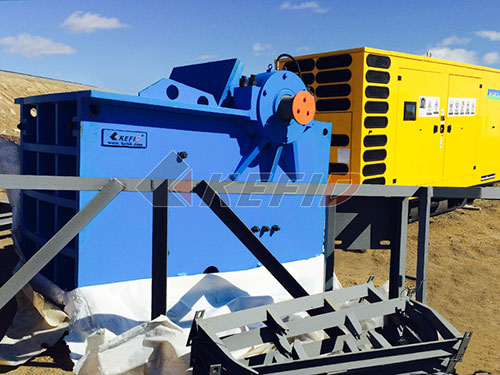Jual Mantle Manganese Crusher: Securing the Heart of Your Crushing Performance

In the demanding world of aggregate production and mining operations, cone crushers stand as indispensable workhorses for reducing hard rock into valuable spec material. At the very core of their crushing action lies a critical component: the Mantle. When sourcing replacements or spares – often referred to as Jual Mantle Manganese Crusher – making an informed decision is paramount to ensuring operational continuity, efficiency, and profitability.
Understanding the Mantle’s Crucial Role

The mantle is the moving concave surface within a cone crusher’s crushing chamber. It gyrates against the stationary concave liner (bowl liner), compressing and breaking rock fed from above. This relentless process subjects the mantle to extreme abrasive wear and significant impact forces.
Material Matters: High-quality manganese steel (typically 14-18% Mn) is universally chosen for mantles due to its exceptional work-hardening properties. As it absorbs impacts during operation, its surface becomes progressively harder than its core – creating a tough outer layer resistant to abrasion while maintaining inner ductility to withstand shock.
Precision Fit: A mantle isn’t just a lump of metal; it’s precision-engineered to fit perfectly onto the crusher head (main shaft). An improper fit leads to movement (“spin”), accelerated wear on both the mantle and head seat surfaces (often causing costly damage), reduced crushing efficiency due to incorrect chamber geometry, and potential catastrophic failure.
Profile Dictates Output: The specific profile (shape) of the mantle directly influences:
Product Size Distribution: Different profiles create different crushing chambers.
Capacity: Optimized flow through the chamber.
Aggregate Shape: Influences cubicity.
Considerations When Sourcing a Manganese Crusher Mantle (“Jual Mantle”)
Whether you’re procuring locally in Indonesia or globally via suppliers advertising jual mantle manganese crusher, prioritize these factors:
1. Material Quality & Consistency:
Insist on certified alloys meeting industry standards (e.g., ASTM A128).
Verify traceability back to reputable foundries known for consistent heat treatment processes.
Beware of sub-standard alloys lacking proper Mn/C content or heat treatment; they wear out drastically faster despite appearing similar initially.
2. Precision Manufacturing & Fitment:
Ensure exact dimensional conformity with

Leave a Reply